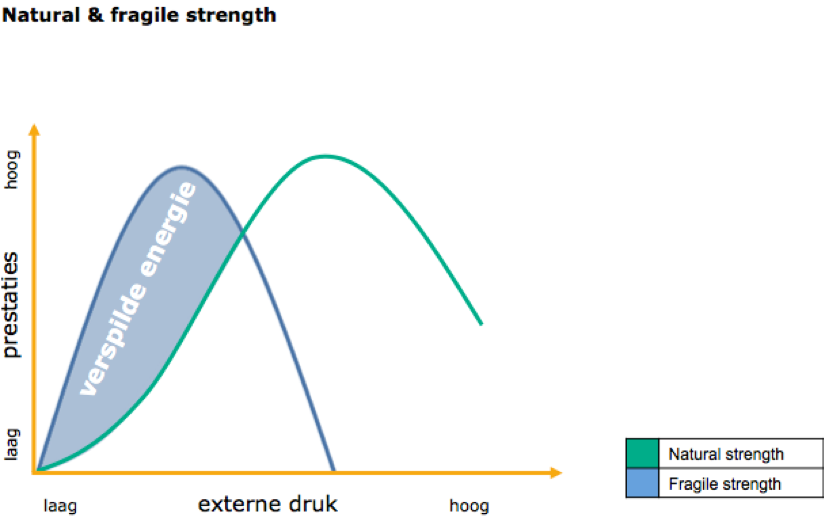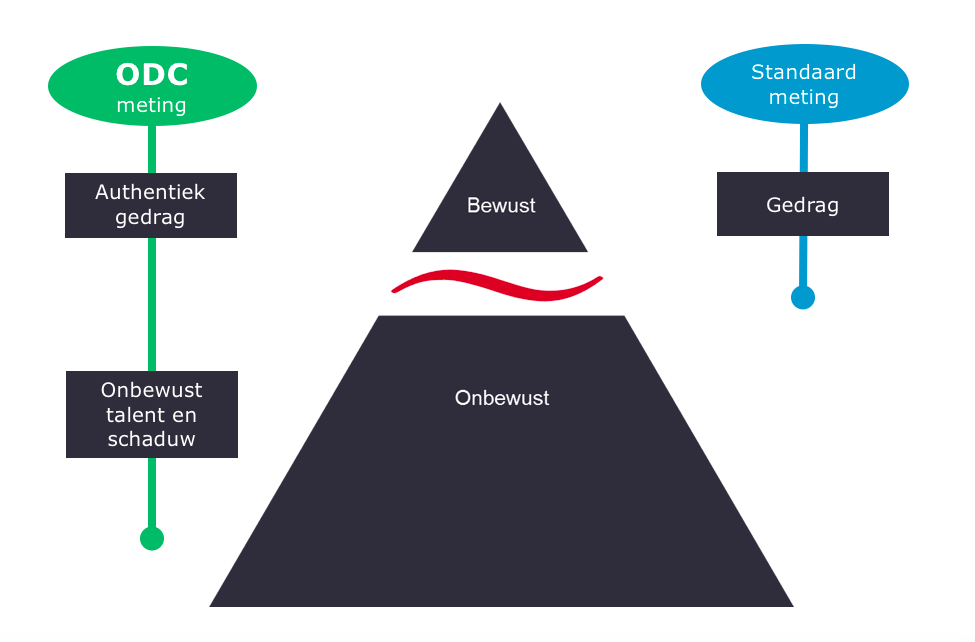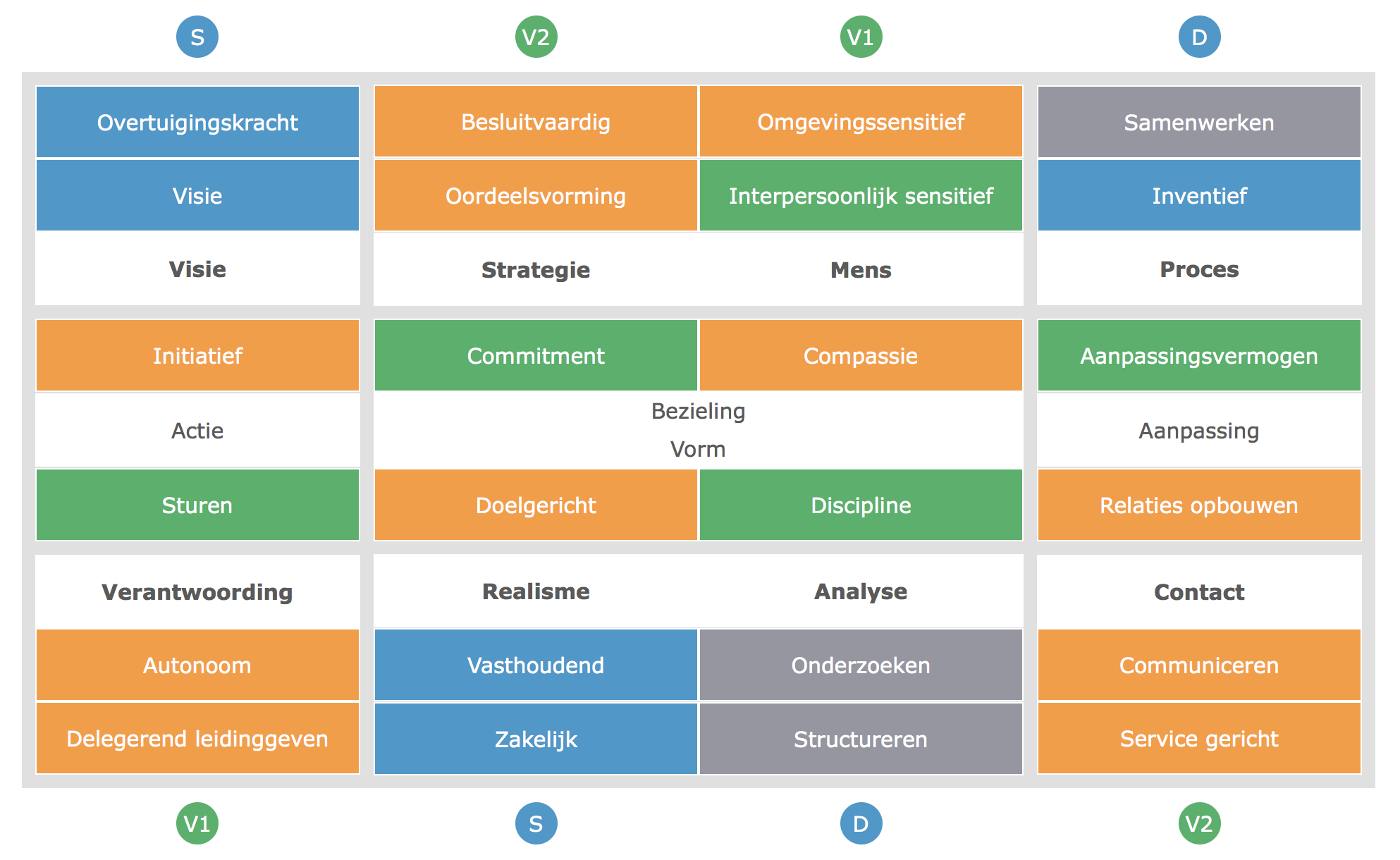De ODC als kompas
De Odin Development Compass (ODC) meting geeft inzicht in wat jouw drijfveren zijn, wat je motiveert en waar eventueel een onbalans is. Wat zijn jouw natuurlijke talenten, waar zit nog potentieel wat je niet gebruikt, waar zitten je valkuilen? Heb je een sterke drive om sturend en pro-actief te zijn of zal je je juist meer flexibel opstellen en ben je gericht op de relatie met de ander? Zijn deze in balans met elkaar of zitten ze elkaar in de weg? Kan je een idee of wens ook omzetten naar het stellen van doelen en daarmee zorgen dat die vorm krijgen? Of is er iets wat dat belemmert?
Wat past nou echt bij je, waar wordt je blij van, ben je heel goed in en doe je moeiteloos?
Wil jij ook graag de ODC als helder kompas voor je toekomst? Vraag een online ODC-meting aan!
Het tarief voor een online ODC meting + rapportage is € 375 excl. BTW.
De bespreking vindt plaats in de coachingsessie(s) die je aanvraagt.
Natuurlijke en kwetsbare kracht
Ieder mens heeft talenten, een natuurlijk potentieel. Hierdoor worden natuurlijke competenties meestal voor een gedeelte al volledig benut, andere vragen nog om verdere ontwikkeling.
Sommige competenties horen niet van nature bij iemand, maar worden wel ontwikkeld en vertegenwoordigen het ervaringsgedrag. Dit zijn aangeleerde competenties, waarvan het meer energie kost om deze competenties te leveren en het bijbehorende gedrag te laten zien. Hiervoor moet je je als het ware ‘stretchen’.
Wanneer de druk op het werk en/of privé te groot wordt, kan een stretchgebied een valkuil worden. Dit is het gebied waarop iemand onderuit kan gaan of vervormd gedrag kan gaan vertonen. Bijvoorbeeld: vasthoudendheid, oorspronkelijk een competentie, kan onder druk rigide of dogmatisch worden.

Het onbewuste wordt zichtbaar
De Odin Development Compass meting brengt iemands talenten in kaart, zowel al ontwikkeld als in potentie aanwezig, en geeft tegelijkertijd een beeld welke competenties meer tot het aangeleerd gedrag behoren en vooral onder druk kwetsbaar kunnen worden.
Hierdoor is het bijzondere dat de meting niet alleen aansluit op het bewuste, en meet wat voor iedereen zichtbaar is (zoals de meeste assessments), maar ook op het onbewuste. Door herkenning van de archetypen van Jung te gebruiken, ontstaat een zeer compleet beeld van iemands persoonlijke organisatiestructuur, zowel van wat nu zichtbaar is als van wat op dit moment misschien (nog) niet zichtbaar is.



